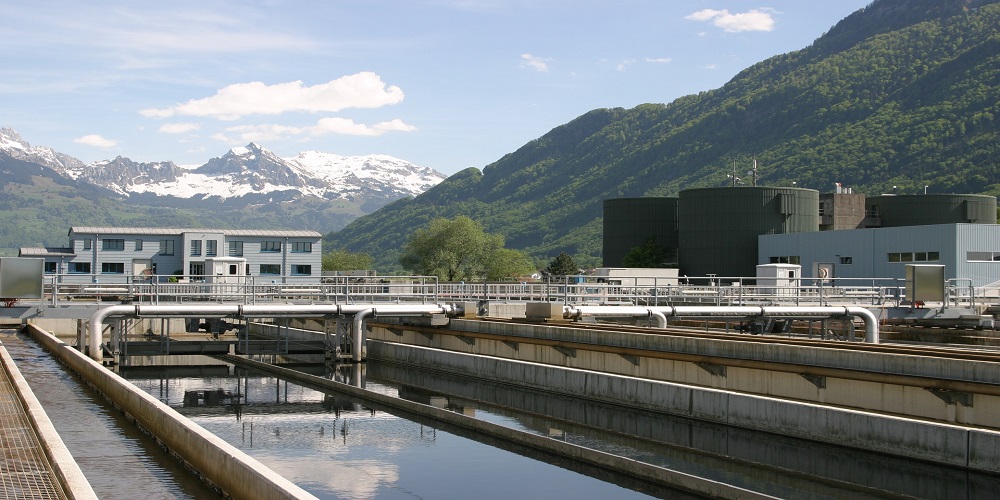No one really wants to think about sewage. It’s smelly, it’s dirty, and it just isn’t very pleasant. However, understanding a little bit about what happens to our waste can help us be more mindful of how we use water and conserve this precious resource. In this blog post, we will discuss five things that you probably didn’t know about sewage. We’ll also talk about what you can do to help reduce the amount of wastewater produced in your community.

1: Septic Systems Treat Wastewater on Site
One of the most common misconceptions about sewage is that it all goes to a central treatment facility. While this is true for some communities, many homes and businesses are served by septic systems. Septic systems are designed to treat wastewater on site, using a series of tanks and pipes. The effluent from a septic system is typically discharged into a leach field, where it is further treated by bacteria.
If you live in an area served by a septic system, it’s important to have your system inspected and pumped on a regular basis. You should also have any needed repairs done by an expert in septic system repair in Breslau, Guelph rather than handling them yourself. This will help to ensure that your system is working properly and as efficiently as possible.
2: Wastewater Treatment Helps to Protect the Environment
Wastewater treatment is not just about making sure that our water is safe to drink. It’s also about protecting the environment. When sewage is discharged into the environment without being treated, it can pollute rivers, lakes, and groundwater. This pollution can harm plants and animals and make people sick.
Wastewater treatment facilities help to protect the environment by removing contaminants from sewage before it is released back into the environment. By doing this, we can help to keep our waterways clean and safe for everyone to enjoy.
3: Sewage Contains a Lot of Water
Sewage is not just made up of solid waste. It also contains a lot of water. In fact, wastewater typically consists of about 95% water and only about 5% solids. The amount of water in sewage can vary depending on the source, but it is usually around 98% water.
The water in sewage is not clean enough to drink, but it can be reused for other purposes. For example, some wastewater treatment plants use treated effluent to irrigate parks and golf courses. This helps to conserve water and save money on watering costs.
4: There are Different Types of Sewage
Not all sewage is the same. There are actually two different types of sewage: sanitary sewage and stormwater runoff. Sanitary sewage is the waste that comes from our homes and businesses, including toilet waste, laundry water, and dishwater. Stormwater runoff is water that runs off of impermeable surfaces, such as roofs, parking lots, and sidewalks.
Stormwater runoff can pick up pollutants like oil, grease, and chemicals as it flows over these surfaces. This water is not treated before it is discharged into the environment, so it can be harmful to plants and animals.
5: You Can Help to Reduce Sewage
You can help to reduce the amount of sewage produced in your community by conserving water. You can do this by fixing leaks, using low-flow fixtures, and watering your lawn during the cooler hours of the day. You can also help to reduce stormwater runoff by sweeping up leaves and debris from impermeable surfaces.
By reducing the amount of sewage produced in your community, you can help to protect the environment and save money on water treatment costs.
Final Thoughts
We hope that you have learned something new about sewage from this blog post. Sewage is an important part of our water cycle, and it plays a vital role in protecting the environment. You can help to reduce the amount of sewage produced in your community by conserving water and reducing stormwater runoff!





